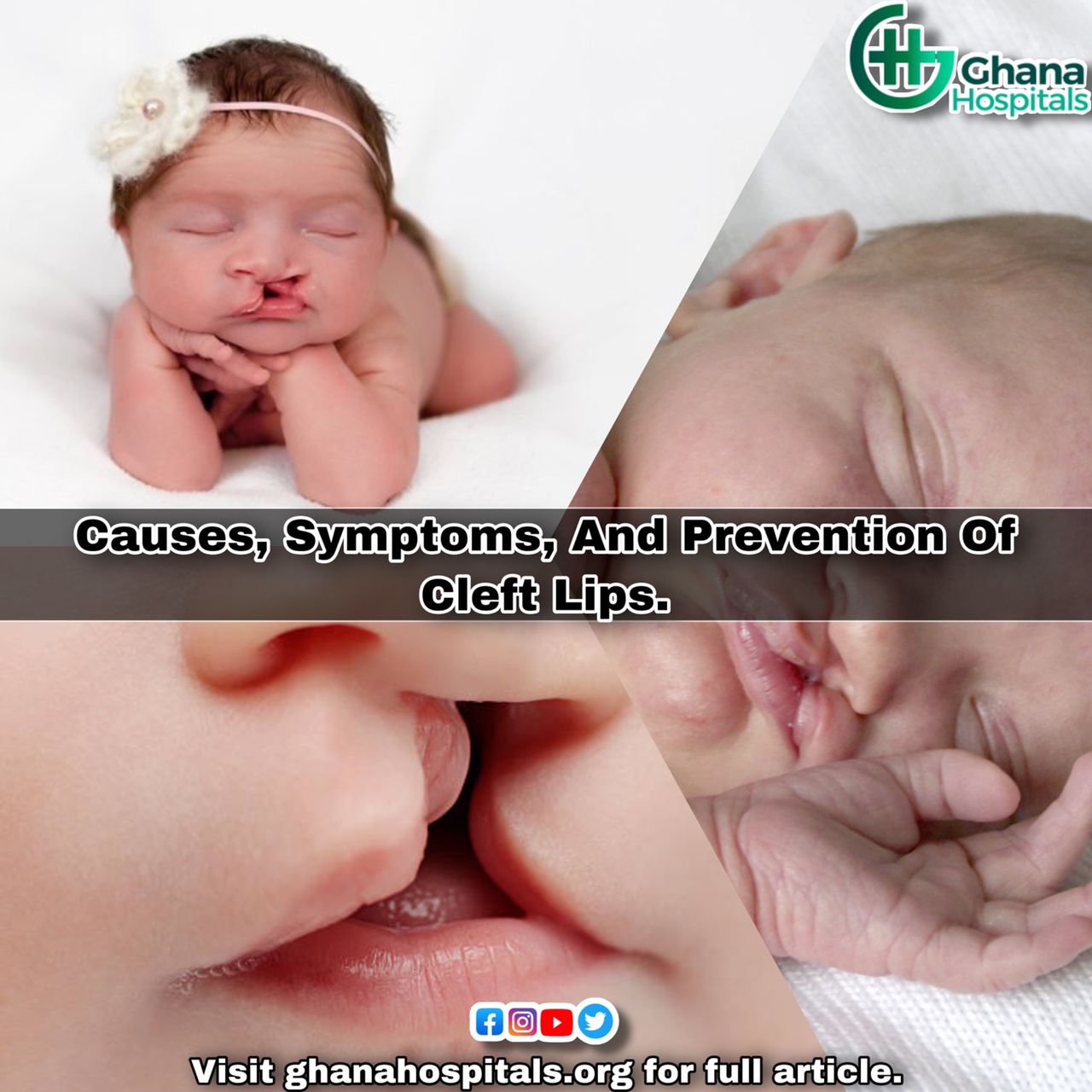 Cleft lip and cleft palate are openings or splits in the upper lip, the roof of the mouth (palate) or both. Cleft lip and cleft palate result when facial structures that are developing in an unborn baby do not close completely.
Cleft lip and cleft palate are openings or splits in the upper lip, the roof of the mouth (palate) or both. Cleft lip and cleft palate result when facial structures that are developing in an unborn baby do not close completely.
Cleft lip and cleft palate are among the most common birth defects. They most commonly occur as isolated birth defects but are also associated with many inherited genetic conditions or syndromes.
Having a baby born with a cleft can be upsetting, but cleft lip and cleft palate can be corrected. In most babies, a series of surgeries can restore normal function and achieve a more normal appearance with minimal scarring.
Causes
Cleft lip and cleft palate occur when tissues in the babys face and mouth do not fuse properly. Normally, the tissues that make up the lip and palate fuse together in the second and third months of pregnancy. But in babies with cleft lip and cleft palate, the fusion never takes place or occurs only part way, leaving an opening (cleft).
Researchers believe that most cases of cleft lip and cleft palate are caused by an interaction of genetic and environmental factors. In many babies, a definite cause is not discovered.
The mother or the father can pass on genes that cause clefting, either alone or as part of a genetic syndrome that includes a cleft lip or cleft palate as one of its signs. In some cases, babies inherit a gene that makes them more likely to develop a cleft, and then an environmental trigger actually causes the cleft to occur.
Risk factors
Several factors may increase the likelihood of a baby developing a cleft lip and cleft palate, including:
Family history. Parents with a family history of cleft lip or cleft palate face a higher risk of having a baby with a cleft.
Exposure to certain substances during pregnancy. Cleft lip and cleft palate may be more likely to occur in pregnant women who smoke cigarettes, drink alcohol or take certain medications.
Having diabetes. There is some evidence that women diagnosed with diabetes before pregnancy may have an increased risk of having a baby with a cleft lip with or without a cleft palate.
Being obese during pregnancy. There is some evidence that babies born to obese women may have increased risk of cleft lip and palate.
Males are more likely to have a cleft lip with or without cleft palate. Cleft palate without cleft lip is more common in females. In the United States, cleft lip and palate are reportedly most common in Native Americans and least common in African-Americans.
Symptoms
Usually, a split (cleft) in the lip or palate is immediately identifiable at birth. Cleft lip and cleft palate may appear as:
A split in the lip and roof of the mouth (palate) that affects one or both sides of the face
A split in the lip that appears as only a small notch in the lip or extends from the lip through the upper gum and palate into the bottom of the nose
A split in the roof of the mouth that does not affect the appearance of the face
Less commonly, a cleft occurs only in the muscles of the soft palate (submucous cleft palate), which are at the back of the mouth and covered by the mouths lining. This type of cleft often goes unnoticed at birth and may not be diagnosed until later when signs develop. Signs and symptoms of submucous cleft palate may include:
Difficulty with feedings
Difficulty swallowing, with potential for liquids or foods to come out the nose
Nasal speaking voice
Chronic ear infections
Prevention
After a baby is born with a cleft, parents are understandably concerned about the possibility of having another child with the same condition. While many cases of cleft lip and cleft palate can not be prevented, consider these steps to increase your understanding or lower your risk:
Consider genetic counseling. If you have a family history of cleft lip and cleft palate, tell your doctor before you become pregnant. Your doctor may refer you to a genetic counselor who can help determine your risk of having children with cleft lip and cleft palate.
Take prenatal vitamins. If you are planning to get pregnant soon, ask your doctor if you should take prenatal vitamins.
Do not use tobacco or alcohol. Use of alcohol or tobacco during pregnancy increases the risk of having a baby with a birth defect.